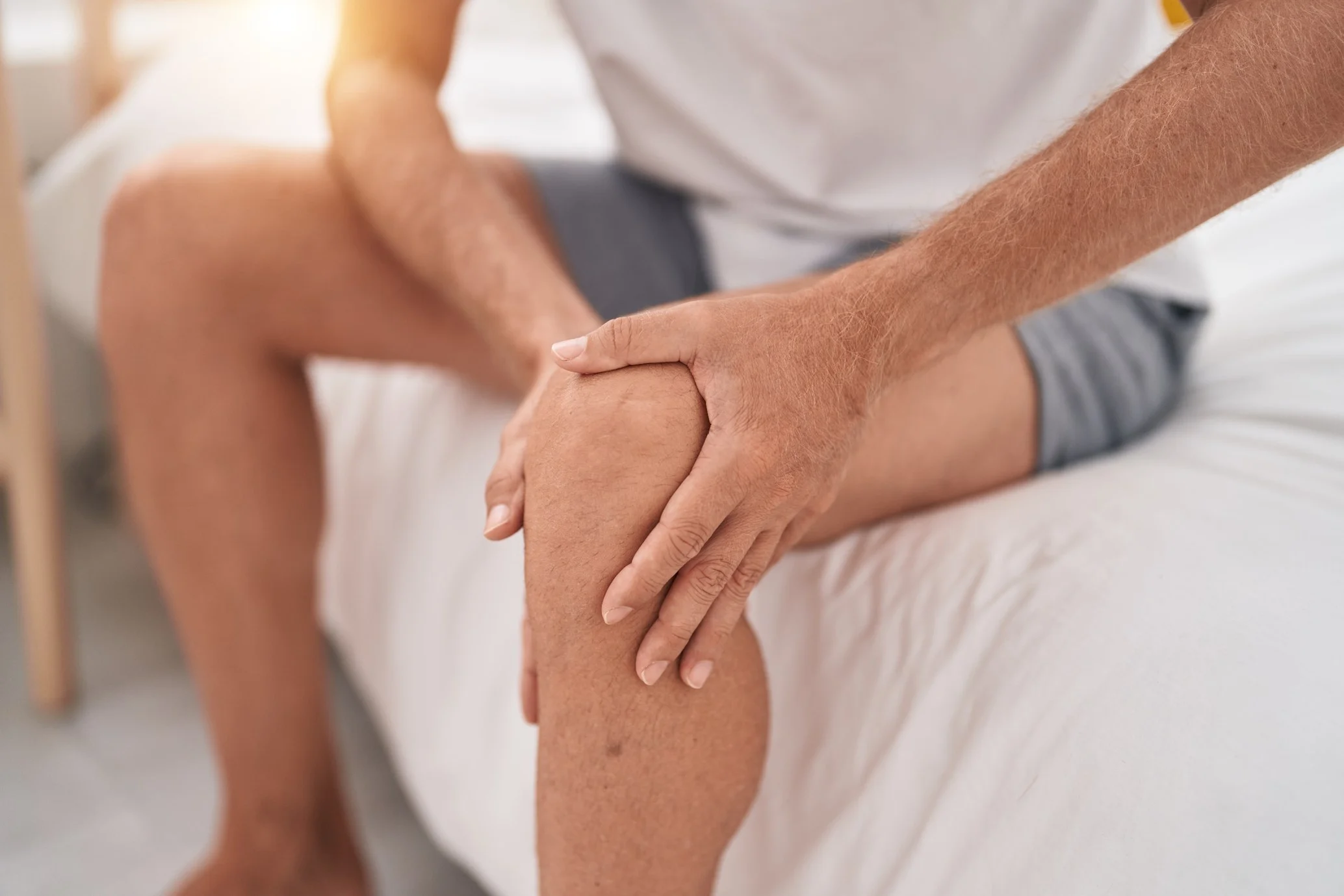Treatment of osteoarthritis

Rustling sound when walking Knee joint pain to knee adhesions. This is why osteoarthritis makes our quality of life worse without realizing
This makes people with symptoms, especially the elderly. Many people cause other complications as a result of knowing that they have knee osteoarthritis and slowing down the
deterioration. Depending on the severity of the deterioration, as follows
- Medications, painkillers, anti-inflammatory drugs, which should be prescribed and monitored for symptoms and side effects by a doctor. The doctor will adjust the medication according to each individual’s
symptoms - Non-drug treatments, such as physical therapy Exercise the muscles around the knee joint to strengthen and help support the knee joint, find out the factors of knee arthritis, and adjust the posture of the knee joint to use the knee joint or use assistive devices. It also includes weight loss.
- Other treatments, such as hot compresses, Acupuncture
- Other surgical treatments or procedures, such as intra-articular injections to reduce pain, to surgical implants of the knee by
treatment. The doctor will make a plan to adjust according to the deterioration of the knee, age, and underlying diseases of each person - The sooner you know, the faster you treat. Our knees will be able to be used for a long time.




















 Dr. Mai Laohasukkasem
Dr. Mai Laohasukkasem
